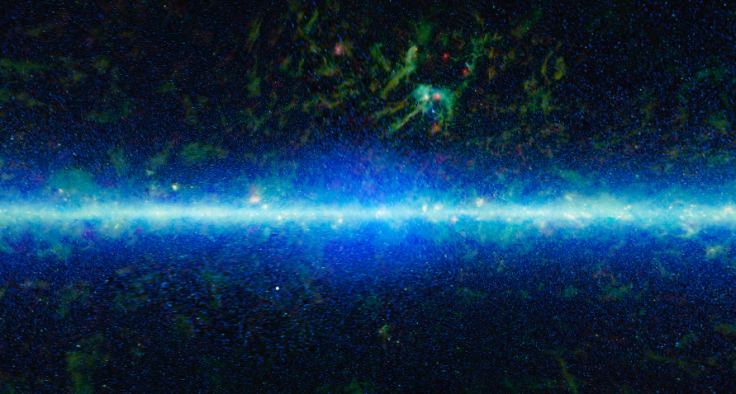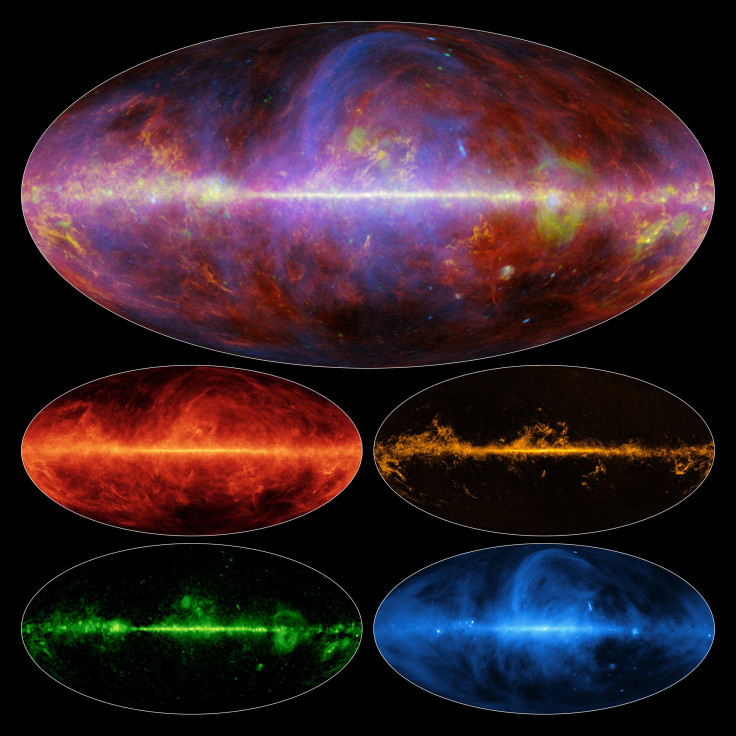Planck Telescope Observations Suggest Universe Was Dark For 560 Million Years After Big Bang

The oldest stars in the universe might be younger than previously thought, according to scientists analyzing a raft of data gathered using European Space Agency’s (ESA) Planck space observatory. The data, which was collected during the entire length of the Planck mission between 2009 and 2013, suggests that the “Dark Ages” of the cosmos, which refers to the time before the appearance of the first stars, could have lasted for nearly 560 million years.
In order to accurately pinpoint the date of the ignition of the first stars, the Planck team created the most precise map yet of the oldest light in the cosmos. This was done after thoroughly studying the Cosmic Microwave Background (CMB) radiation, which is the residual radiation left over from the Big Bang 13.8 billion years ago, according to a statement released by ESA.
“The cosmic microwave background light is a traveler from far away and long ago,” Charles Lawrence, a NASA scientist involved in the Planck project, said in a statement released Thursday. “When it arrives, it tells us about the whole history of our universe.”
Using this data, the team of researchers found that the first generation of stars burst into existence nearly 560 million years after the Big Bang -- contradicting earlier observations, which suggested that the cosmos’ dark ages lasted for just 420 million years.
“This difference of 140 million years might not seem that significant in the context of the 13.8-billion-year history of the cosmos, but proportionately it's actually a very big change in our understanding of how certain key events progressed at the earliest epoch,” George Efstathiou, one of the scientists in the Planck team, reportedly said.
In addition, the data from the observatory also supports the existence of a force known as “Dark Energy,” which constitutes nearly 70 percent of the observable universe and yet remains undetected. However, scientists believe that this mysterious force is what prevents the universe from collapsing in on itself and is also responsible for its accelerated expansion.
A precise timestamp of the birth of the first stars is just one facet of cosmic history gleaned from the data gathered by the Planck spacecraft. Using multiple views of our galaxy to analyze the polarization of CMB, scientists from NASA and ESA created a stunning new map of the Milky Way. The interactive map, which can be viewed here, shows different characteristics of the Milky Way at different wavelengths of light.

“Planck can see the old light from our universe's birth, gas and dust in our own galaxy, and pretty much everything in between, either directly or by its effect on the old light,” Lawrence said in the statement.
© Copyright IBTimes 2024. All rights reserved.












